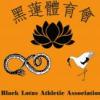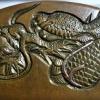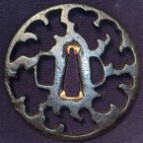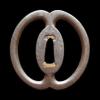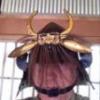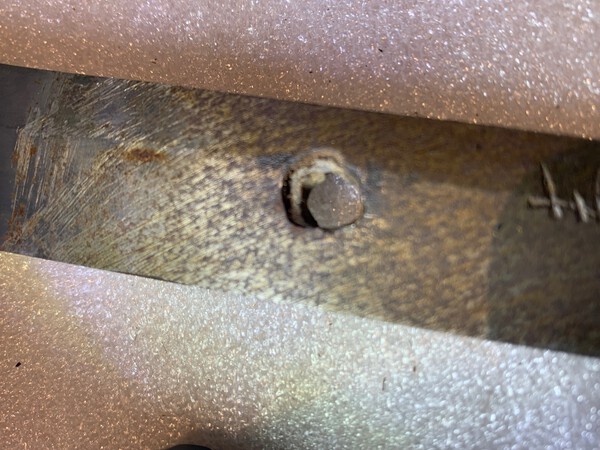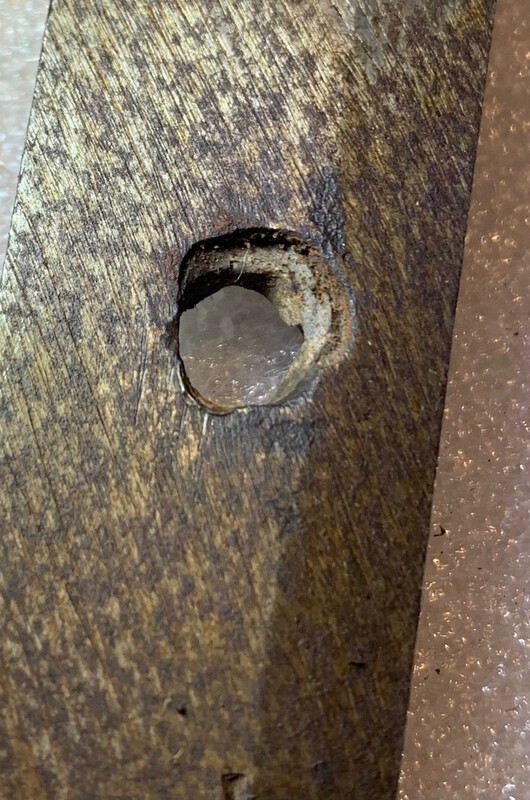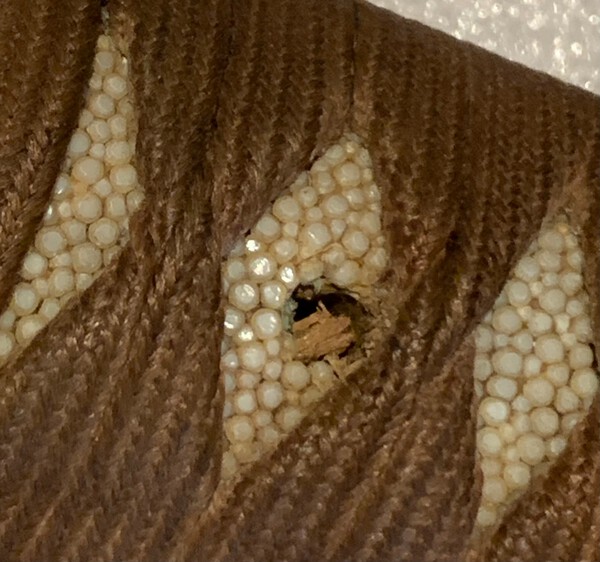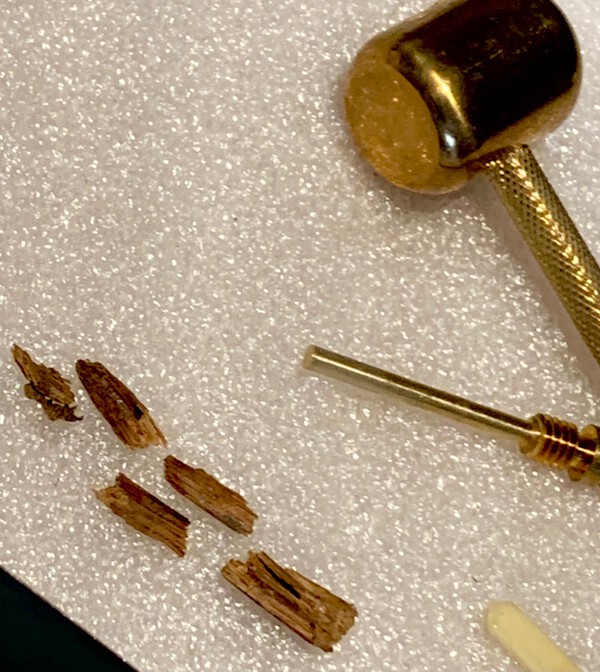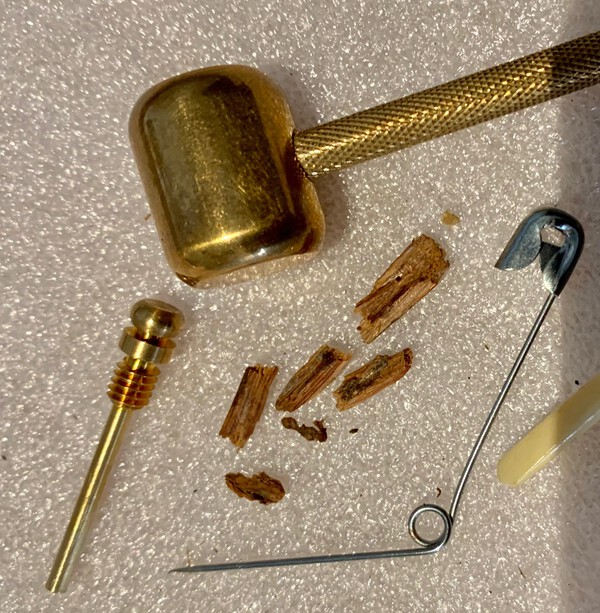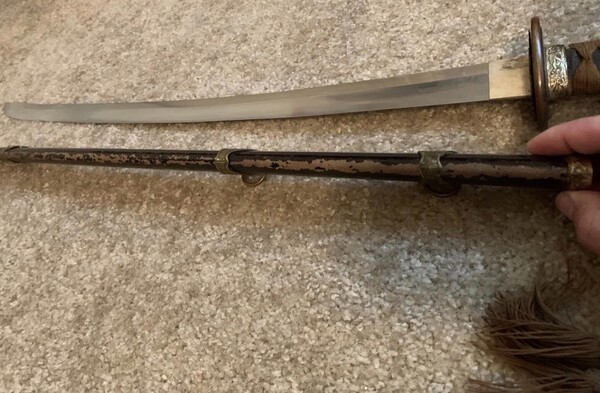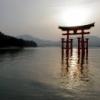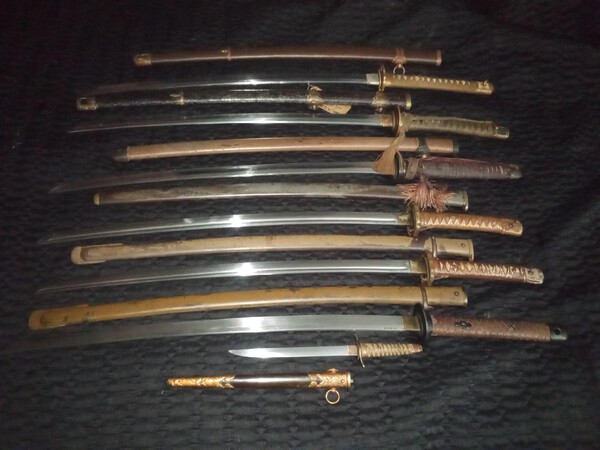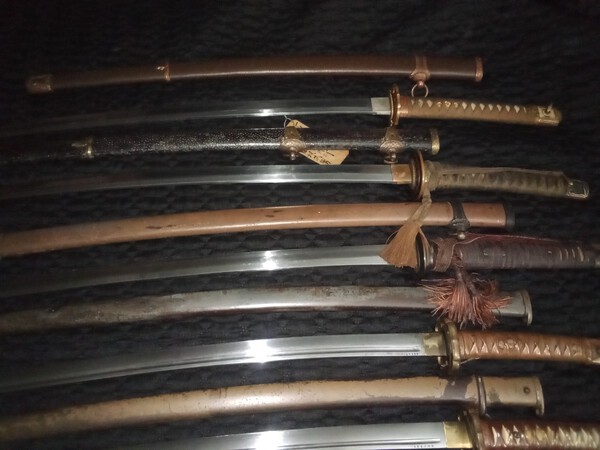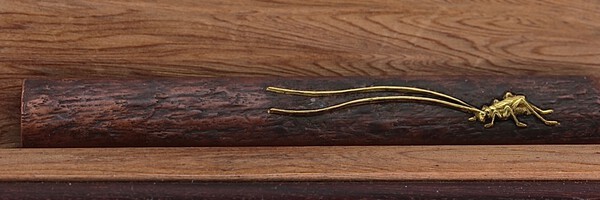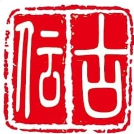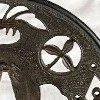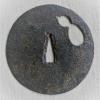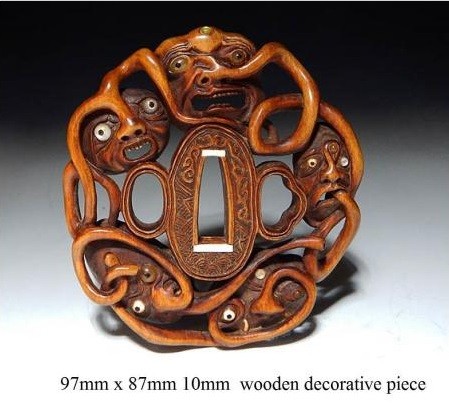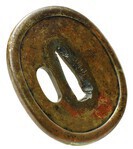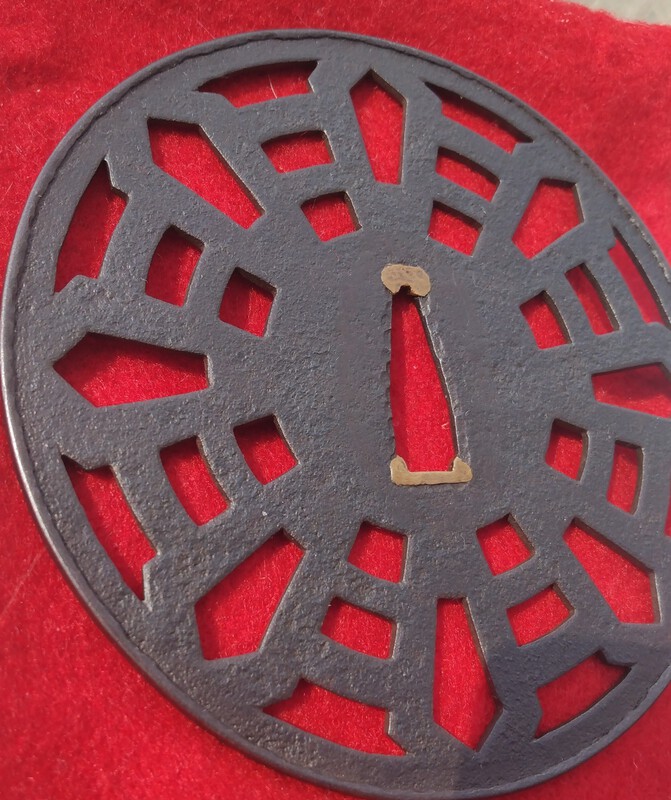Leaderboard
Popular Content
Showing content with the highest reputation on 09/11/2022 in all areas
-
3 points
-
Maybe an owner’s address and name. 茨城縣多賀郡華川村 – Ibaraki-ken, Taga-gun, Hanawaka-mura 森眞澄 – Mori Masumi2 points
-
2 points
-
Mal & Co., Ltd., has been burning the midnight oil so as to bring us his next missive on Japanese gendaitō swordsmiths. Ehime Prefecture is one of the four prefectures of Shikoku 四国 [four provinces]. This is the second tome by Mal that covers Shikoku. Cox, Malcolm E. Showa Period Swordsmiths of Ehime Prefecture 愛媛県. 2022. 134 pages. https://www.militaria.co.za/nmb/files/file/86-showa-period-swordsmiths-of-ehime-prefecture/2 points
-
1 point
-
1 point
-
1 point
-
1 point
-
Nie are martensite particules you will find them in steel with a high carbon content https://en.wikipedia.org/wiki/Martensite1 point
-
1 point
-
1 point
-
Ok, I ordered both of these and they're expected to be delivered tomorrow, does it matter which one I read first?1 point
-
1 point
-
1 point
-
Hi, We require at least a first name. That shouldn't cause any privacy issues. Just easier and more polite than calling you B First name keeps you anonymous unless you have a very rare and distinctive name1 point
-
I'm in no way as advanced a collector as some of you gents,but I have aquired a thing or two of Imperial Japanese over the last 30 years of the hobby. Just for fun I thought I'd shoot a group pic of my humble gunto to collection to share.From the top...a standard IJA shingunto with Masa Uji Gendai blade,next a Kaigunto with Gendai 23rd gen Kanefusa blade,a T3 or '44 pattern with Showato arsenal blade,dated Feb'45.. a t95 copper tsuka,a alum. t95..a late wood tsuka t95...and a naval dirk....1 point
-
1 point
-
1 point
-
Translated from a Kamakura Bori tsuba for sale: The origin of the name of Kamakura Tsuba is neither the name of the place nor the name of the era. It is said to have originated from a technique that imitated the safflower and green leaves method used by the grandson of Buddhist sculptor Unkei when he made Buddhist altar fittings for Hokke-do in Kamakura. With the addition of Zen Buddhism's era, the two were mixed together and unified into Japanese sensibilities to give birth to what is called 'Kamakura tsuba'. It is said that it flourished from the end of the Muromachi period to the Momoyama period and disappeared in the early Edo period.1 point
-
1 point
-
Mark, thank you for that link! There is a tiny mistake in that thread: Daniel Gentile should have used the correct term "hypo-eutectoid steel". Plain eutectoid steel contains 0.78% C. I have been mentioning carbon diffusion a few times for a reason. As we know today, carbon migrates in steel at temperatures above 900°C. The higher the temperature and the longer the time the steel is exposed to high temperatures, the more carbon can penetrate (in the case of carbon-free iron) into the material. In the case of low-alloy high-carbon steels (as in TAMAHAGANE) with different carbon content, carbon will migrate from places with high carbon content to those with low content, until it comes to a balance. Carbon diffusion goes fast at fire-welding temperature, and when you watch a Japanese swordsmith heating up the steel until a lot of sparks are coming out of the billet, you know it has about 1.300°C or even a bit more. This is done to equalize the carbon content in the billet. With 10 to 12 foldings for KAWA GANE, the swordsmith knows from experience that his steel has about 0.7% of carbon throughout and is well homogeneized. Let's play a bit with numbers: Assuming the smith did (only) 10 foldings, and his billet has a final thickness of 6 cm, a single layer of steel in it has a thickness of 0,06 mm. That corresponds roughly to the thickness of a European woman's hair. Carbon migration goes fast from one thin layer to another under the condition of fire-welding! Even assuming that the carbon content could be slightly different from one layer to another, a complete homogeneization of the billet will be the result. Watching some YouTube videos about Japanese swordsmithing will teach you that the smith carefully chooses his TAMAHAGANE for even carbon content. So there is even a pre-selection of the raw material. There is a trick to prevent carbon diffusion by inserting a pure nickel layer in the billet, but as we all know, this is not done in sword forging. I will mention that less folding with the result of thicker layers can reduce the carbon diffusion. If a smith chooses to use thick steel sheets with considerably different carbon content in the billet, it may well be that the finished blade shows a structured surface with small differences in the steel colour. This can often be seen in early European blades. But that is not done in Japanese sword forging. The legend that Viking swords (and even today's Damascus steel which is very different from Viking swords and 'true' Damascus made in India and Persia a few hundred years ago) are made from hard and soft steel and thus combine good cutting abilities with flexibility will persist as it seems to be logical. But it is only logical to people who don't understand metallurgy. Concerning carbide formation, we have an eutectoid steel in a Japanese blade which means that the full carbon content is dissolved in the steel matrix. There are no clusters of carbides as in high-alloy steel. But due to the special technique of heating and quenching, martensite crystals of differing sizes can form in the steel which we see as NIE or NIOI.1 point
-
Jacques, I am a bladesmith and experimental archaeologist, and I work with this subject and have some experience. I have studied Japanese forging techniques and made research in this field. It would be sad if this discussion went on the dogmatic side instead of the scientific side which I am interested in. I know that you are very knowledgeable as far as blades are concerned, and my field is, how they were made. So I would like to leave this subject open and recommend reading about Damascus steel, fire-welding and, again, carbon diffusion/migration in steel. Kind regards, Jean1 point
-
1 point
-
1 point
-
1 point
-
Noshu Sakamoto Ju Issei saku Hakogaki - Tetsuji Sukashi Kawari-gata Showa Kinoe Tora 49 11 gatsu hi Noshu Sakamoto ju Issei A terrific piece.1 point
-
1 point
-
1 point
-
1 point
-
Nice one John " The term "Shishi Jinjin" (志士仁人) is derived from the phrase in the fifteenth chapter of the Analects of Confucius, "Eiringuo," which means "to kill oneself in order to do benevolent deeds. Mostly, the term refers to those who led revolutionary movements with the idea of the Emperor and expulsion of the barbarians." Foo Dogs on the other hand... "Guardian lions are referred to in various ways depending on language and context. In Chinese they are traditionally called simply shi (Chinese: 獅; pinyin: shī) meaning lion—the word shi itself is thought to be derived from the Persian word šer.[2] Lions were first presented to the Han court by emissaries from Central Asia and Persia, and were already popularly depicted as guardian figures by the sixth century AD.[3] Today the guardian lions are more usually specified by reference to the medium or material, for example: Stone lion (石獅; Shíshī): for a stone sculpture; or Bronze lion (銅獅; Tóngshī): for a bronze sculpture. and less commonly: Auspicious lion (瑞獅; Ruìshī): referring to the Tibetan Snow Lion or good fortune" Please call me Tom and please keep those tsuba coming... -t1 point
-
1 point
-
Thank You Chris, I also posted the question at reddit and received this response http://www.reddit.com/r/SWORDS/comments ... one_being/ The Smith Anyway, there have been at least five smiths signing Teruhide, but with your description it is quite clear which one we are talking about. I quote from Markus Sesko's e-Index: Teruhide (輝日出), Shōwa (昭和, 1926-1989), Saitama – „Minamoto Teruhide“ (源輝日出), „Musashi no Kuni Ōmiya-jū Ihara Tessai Minamoto Teruhide saku“ (武蔵国大宮住井原鉄斎源輝日出作), civilian name „Ihara Fukutarō“ (井原福太郎), born 1914, he studied from 1936 in Hikosaburō Akihide ́s (栗原彦三郎昭秀) „Nihontō-tanren-denshūjo“ (日本刀鍛錬伝習所) in Tōkyō, in 1940 he founded the swordsmith association of Saitama Prefecture and worked as rikugun-jumei-tōshō. As Dr. R. Stein notes, this Teruhide (and his brother) seem to have had no relation to the famous Ishido Teruhide. The brother born 1902 also signed Teruhide 輝秀, had the civilian name of Ihara Kametarō 井原亀太郎, and worked as a RJT smith (i.e. for the war). Note that the -hide name is most famous due to the great Suishinshi Masahide, father of the Shinshintō era. Masahide was fond of variation and "word games," and signed -hide using 秀, 日出, or 日天 alternately. This explains the variation in signature that you will see with your Teruhide listed as either 輝日出 or 輝日天… though I have only seen 輝日天 examples in my brief online search for your smith. He seems to have been a skilled smith, perhaps slightly undervalued judging from the works below IMHO. http://www.e-sword.jp/sale/2014/1410_1146syousai.htm http://www.tokensugita.com/KA037.htm http://winners-auction.jp/productDetail/29994 And one by his brother http://yakiba.com/Kat_Teruhide.htm Your Sword Your description was quite obviously one of Tsuruta-san's (the "special feature" line is a special feature of his, haha). The original page at Aoi Art for your katana seems to be defunct, but it is still online in Google's cache, at least for now. http://webcache.googleusercontent.com/s ... ent=safari The photos are still active (one, two, three, four, five). It is a nice gendaitō (modern-era sword) with similarities to Shinshintō-period copies of Nambokuchō-era blades… sort of a copy of a copy. A very grand shape with ō-kissaki and saka-midare hamon. I humbly note that the transcription Aoi provided missed a character. The full signature on your blade, with explanation, is as follows: Omote (front): 為箕浦家重代守護・大宮住井原源輝日天造 Tame Minoura ke jūdai shugo · Ōmiya jū Ihara Minamoto Teruhide tsukuru For the sake of the Minoura family, to guard their descendants · Made by Teruhide Ihara of the Minamoto clan, resident of Ōmiya. reading kanji meaning reading kanji meaning Ō- 大 Ōmiya is a ward of Saitama city tame 為 for the sake of -miya 宮 Mino- 箕 (Minoura is a family name) jū 住 resident (thereof) -ura 浦 I- 井 Ihara is Teruhide's family name ke 家 family -hara 原 jū- 重 successive Minamoto 源 a traditional honorary clan name used by many smiths -dai 代 generations Teru- 輝 Teruhide was Fukutarō's gō (art name used for smithing) shu- 守 shugo means protection or guardian -hi- 日 -go 護 -de 天 tsukuru 造 made (this) Ura (rear): 昭和六十一丙寅二月吉日 Shōwa rokujūichi Hinoe Tora nigatsu kichijitsu Year of the Tiger 1986, a lucky day in February reading kanji meaning Shō- 昭 Shōwa period (1926–1989) -wa 和 roku 六 6 (× 10 + 1 = 61 years of Shōwa, or 1986) jū 十 10 ichi 一 1 Hinoe 丙 yang/fire (part of Zodiac dating) Tora 寅 tiger (end of Zodiac dating) ni 二 second gatsu 月 month (i.e. February) kichi 吉 lucky/auspicious jitsu 日 day More works It is not very difficult to find more examples of both brothers' works online. Here is a sampling of your smith's swords: 1991 · 74.2 cm · NBTHK Hozon 大宮住井原源輝日天造・平成三年十月吉日 1985 · 74.4 cm 大宮住井原鉄斎源輝日天造・昭和六十乙丑八月吉日 1990 · 28.9 cm 大宮住源輝日天造・平成二庚牛五月吉日 And one by the brother if you are interested. Conclusion I hope that gives a little more insight into this smith. It looks like you have a very nice sword, I hope you treasure it and keep it well-maintained. As to why you cannot find more information… well, first off, more information would likely be found if you searched in Japanese (try googling 輝日天) rather than English, and second, nihontō is a very traditional art form and these smiths do not really have anything to do with the internet 95% of the time. Most knowledge is passed around in-person, records kept on paper, etc. There are many smiths working in Japan about which most westerners know practically nothing. This is why middlemen like Paul Martin are nice to know. Also, this Teruhide clearly lived a long time (the 1991 work listed above would have been when he was about 77 years old) so it is not surprising that he would have picked up a good number of NBTHK prizes. You should understand that multiple prizes are given at each annual contest, so it is expected that a good successful smith will earn a certain number of awards in his career; indeed, to become mukansa (above contest level) you would have to earn quite a number of higher-ranking awards. So while "14 prizes" is absolutely very respectable, it is not necessarily exceptional, depending on which prizes they were and how long the smith worked. Please let me know if you have a more specific question. Regards, —Gabriel1 point
-
I write in sadness to say that my friend Phil Wilsey died today. Phil and I were the Japanese Sword Society of Nebraska and in that role we arm wrestled and swapped together for nearly 40 years. We got along largely because Phil made gendai-to his specialty. He contributed insights and oshigata to several of the early treatments of gendai-to. That focus left occasional older blades to be available to me. He once found an orikaeshi-mei Sendai Kunikane katana that I still own! Clearly, a generation of collectors is passing. And I miss a friend! Peter0 points
-
0 points
This leaderboard is set to Johannesburg/GMT+02:00

